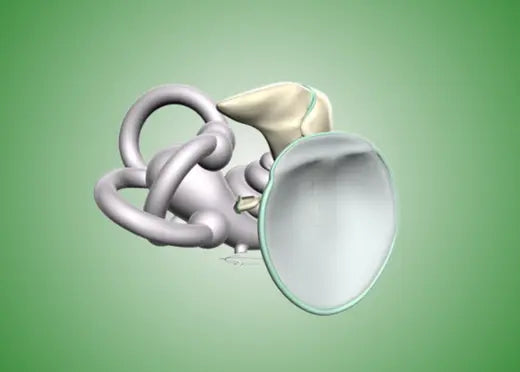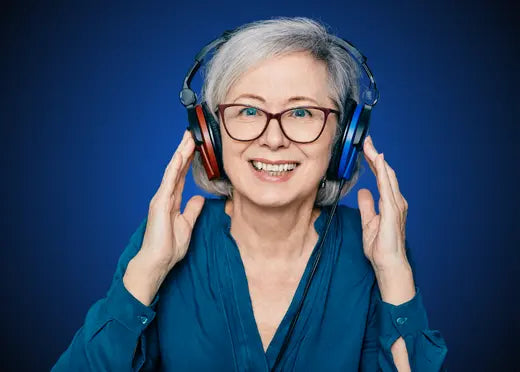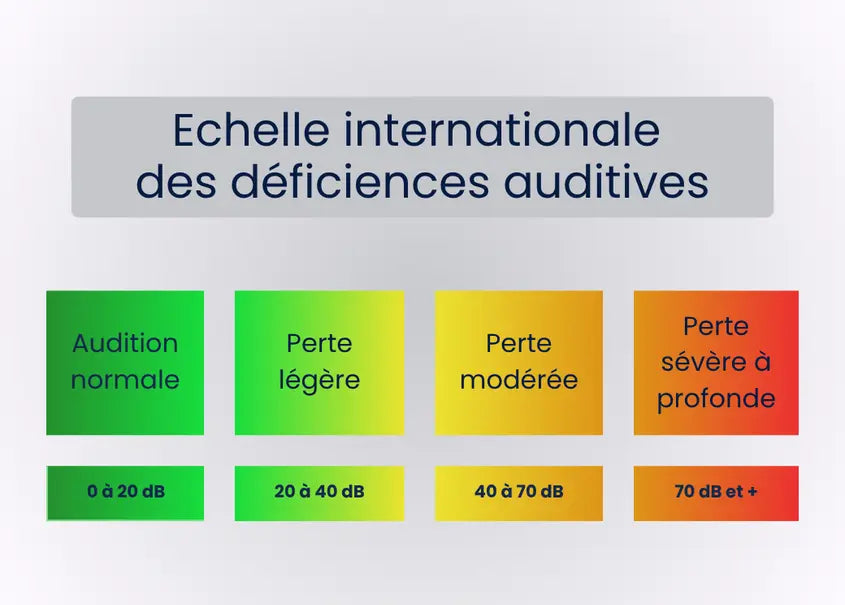Definition and mechanisms of otosclerosis
A disease of the middle ear
Otosclerosis is a progressive condition of the middle ear characterized by abnormal changes in the bone around the stapes (one of the hearing ossicles). This bone change prevents sound from being properly transmitted to the inner ear, causing what is known as conductive hearing loss.
A common cause of deafness in young adults
This condition primarily affects women between the ages of 20 and 40, and is often hereditary. It progresses slowly but can significantly impact quality of life if left untreated.
What are the symptoms?
Progressive auditory signs
The main symptom is progressive hearing loss, either unilateral or bilateral. The patient often feels as if the sound is "blocked," as if the ear is blocked. Tinnitus or a sensation of internal echo may also be present.
No pain but increasing discomfort
Otosclerosis does not cause pain, which can delay its detection. However, it complicates daily communication, especially in noisy environments.
How is otosclerosis diagnosed?
A complete ENT assessment is necessary
Diagnosis is based on a clinical examination, pure-tone and speech audiometry, and sometimes a temporal bone scan. The audiogram shows a decrease in air conduction, but bone conduction is still partially functional—a key point in considering appropriate hearing solutions.
Available treatments
Surgery or hearing aid
The standard treatment is stapedectomy , a surgical procedure to replace the blocked stapes with a prosthesis. In the event of an unwanted or unindicated operation, wearing a hearing aid remains the main solution.
Limits for certain populations
For elderly people who are dependent or losing their independence, surgery is often not an option, and the care pathway can be too complex. It is therefore necessary to find accessible, easy-to-implement listening solutions.
Bone conduction: an essential role in daily management
Hear better without going through the middle ear
In otosclerosis, bone conduction often remains intact. It therefore allows the mechanical blockage of the middle ear to be bypassed. It is this principle that makes bone conduction technologies particularly attractive to those affected.
An immediate, non-medical solution with Spokeo
Designed for situations of hearing loss without immediate medical attention, Spokeo uses bone conduction to restore clarity to everyday conversations . Wireless and intuitive, it is particularly suitable for the elderly or those with reduced mobility who cannot easily benefit from conventional hearing aids.
It does not replace medical treatment, but constitutes a hearing solution for otosclerosis in many everyday life contexts.
👉 For people with otosclerosis who cannot receive immediate care, Spokeo offers a reliable and reassuring alternative to continue hearing those around them clearly.













